Our brains are responsible for how we think, how we feel, the ways in which we move, and even how we act. Experiencing a traumatic brain injury can be devastating, not only for the person who suffered the injury but also for their family and friends. The effects of brain damage can wreak havoc on all aspects of daily life. Between constant headaches, a decline in cognitive function, mood swings, and blurred vision, there are countless obstacles caused by a TBI that must be faced every day. For most, recovery from a TBI is a long and challenging process. If you’re interested in learning more about neurofeedback for TBI patients, we are here to help.
What is neurofeedback?
Neurofeedback, or EEG biofeedback, is a type of brain training that’s used to address injury or imbalances that occur in the brain. Through a positive reward system, the brain learns how to create new pathways and improve overall functioning. Neurofeedback is a completely natural, non-invasive treatment option for people who have traumatic brain injuries.
The best part? There are virtually no side effects associated with neurofeedback. And rather than just masking the symptoms; you’re treating the source of the problem so you can achieve long-lasting relief.
Brainwaves negatively change after a TBI occurs
When brain damage occurs, a person’s brainwaves are negatively impacted. Slower brain waves—namely delta and theta waves—rush to the area of the brain that’s injured in order to promote healing. Delta and theta waves are most common in babies and toddlers, as their brains are still developing because of the slow cell growth frequency.
These slow waves are responsible for neuroplasticity, angiogenesis, and neurogenesis. As such, it makes sense that the brain produces these types of waves when it’s trying to regenerate damaged or injured tissue. However, in most TBIs, the delta and theta waves become locked and habitual, which prevents growth out of the injured or concussed state.
How neurofeedback helps treat traumatic brain injuries
Neurofeedback is an effective treatment for TBIs because it treats the specific area of the brain that is damaged. First, you’ll complete a qEEG brain map that helps identify the injured areas. This map helps your healthcare provider pinpoint the problem, and then correct it through a personalized treatment plan.
During a neurofeedback treatment session, electrodes will be placed on your scalp and you will get real-time feedback about your brainwave frequencies. Through a positive reward system, your brain will learn how to suppress the theta/beta waves that are preventing your brain from self-regulating like normal.
Just like any type of training, this takes time and patience. The good news is, neurofeedback gives you lots of practice! In fact, in just one session, your brain gets approximately 1,800 opportunities to learn how to function more optimally. That’s approximately 30 times every minute!
Learn more about neurofeedback for TBI patients
If you or someone you know has recently suffered a traumatic brain injury, reach out to us at Braincode Centers today. Our neurofeedback clinicians are here to help you recover and start feeling like your pre-injury self once again.
We offer treatment in downtown Denver, Denver Tech Center (DTC), and Highlands Ranch, Colorado. We also have a clinic in Dallas, Texas. And if you aren’t located in either of those areas, don’t worry. We offer remote neurofeedback training for anyone who wants to retrain their brain from home.
Contact us today to learn more about our approach to neurofeedback for TBI patients.




